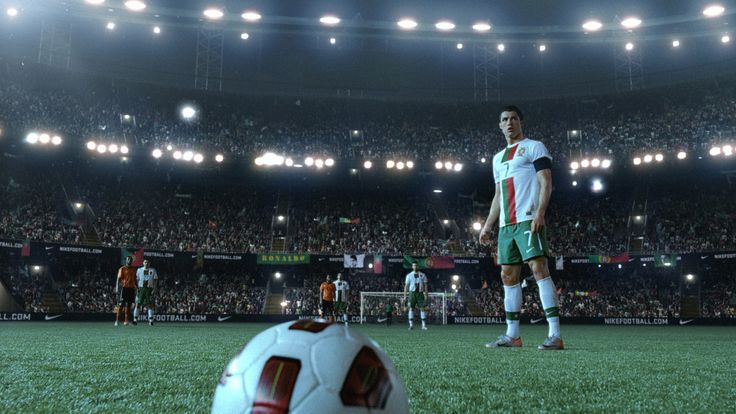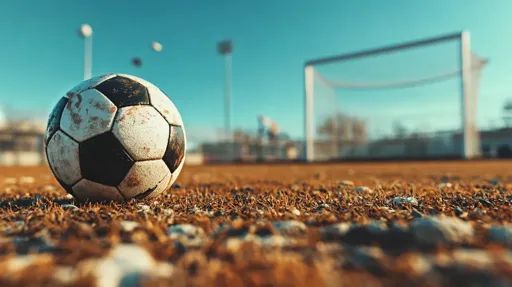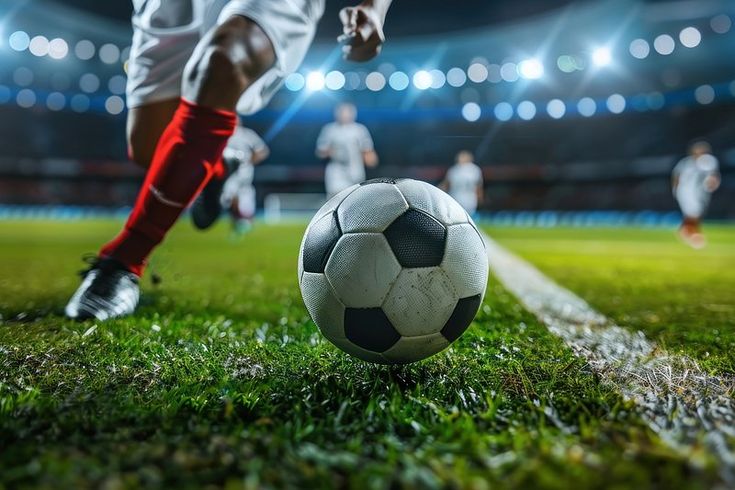Football, also known as soccer in some parts of the world, is the most popular sport globally. Despite its simple gameplay, the construction of a football involves complex engineering and material science. Understanding what a football is commonly made of provides insights into its performance, durability, and evolution over time.
Introduction
Football is more than just a game—it’s a global phenomenon played and loved by millions. Whether you’re watching the FIFA World Cup or playing in a local park, the quality of the football used can impact gameplay significantly. To appreciate its design, it’s important to explore what materials go into making a football and how those materials affect performance and sustainability.
The Evolution of Football Materials
The earliest footballs were a far cry from the sleek, high-tech balls used today. Ancient versions were made from animal bladders or stitched leather, often filled with feathers or other natural materials. Over time, the introduction of rubber in the 19th century, followed by synthetic compounds, revolutionized football manufacturing. Today’s balls are designed with precision for optimal flight, control, and durability, reflecting decades of technological innovation.
Common Materials Used in Modern Footballs
Modern footballs are typically made from three main components: the outer cover, the inner lining, and the bladder. Each part plays a specific role in ensuring the football performs consistently across different terrains and weather conditions. Materials like synthetic leather, polyester, and butyl rubber are now commonly used to balance durability, comfort, and control.

1. Outer Cover
The outer cover of a football is usually made from synthetic leather, which is typically composed of polyurethane (PU) or polyvinyl chloride (PVC). PU is softer and provides better touch and responsiveness, making it the preferred choice for professional-grade balls. PVC, on the other hand, is more durable and affordable, making it ideal for training and recreational use. These materials offer greater weather resistance and longevity compared to traditional leather.
2. Inner Lining
Beneath the outer cover lies the inner lining, which is made from multiple layers of polyester or cotton. These layers serve to reinforce the shape of the football and enhance its strength. The number and quality of these layers vary depending on the ball’s intended use—premium match balls may have up to four layers for optimal shape retention and consistent bounce, while cheaper models might have fewer layers.
3. Bladder (Air Retention Unit)
The bladder is the innermost component of the football and is responsible for air retention. Two common types of bladder materials are used: latex and butyl. Latex bladders offer superior bounce and responsiveness, making them ideal for professional play, but they require frequent inflation. Butyl bladders are more airtight, providing longer air retention and are often used in training and recreational balls.
Synthetic Leather vs. Genuine Leather Footballs
While traditional footballs were made from genuine leather, modern footballs have largely shifted to synthetic leather. Synthetic materials like PU and PVC are more consistent in performance and are less affected by weather. Genuine leather, though offering a natural feel, absorbs water and becomes heavy when wet. Synthetic leather footballs are more durable, require less maintenance, and are suitable for a variety of playing conditions, making them the industry standard today.
How Football Material Affects Performance
The choice of materials directly influences the football’s performance. The weight, bounce, grip, and flight trajectory are all affected by the construction and composition of the ball. For example, a ball with a PU outer layer and latex bladder provides excellent touch and control, ideal for professional gameplay. Conversely, heavier materials may affect speed and cause discomfort during extended play. Even external weather conditions like rain can interact differently with various materials, impacting gameplay quality.
Environmental Considerations

As environmental awareness grows, manufacturers are exploring more sustainable alternatives for football production. Traditional materials like PVC pose environmental concerns due to their difficulty in recycling. Some brands have introduced eco-friendly footballs made from recycled plastics or plant-based polyurethanes. Additionally, there’s growing advocacy for the responsible disposal and recycling of worn-out footballs to reduce landfill waste and environmental harm.
FIFA Standards for Football Construction
FIFA, the global governing body of football, has strict guidelines regarding the construction of official match balls. These standards cover size, weight, shape retention, water absorption, and material quality. Only footballs that meet these rigorous criteria are granted the “FIFA Quality Pro” certification. The materials used must maintain performance consistency in different environments and must not deteriorate rapidly under pressure or moisture exposure.
Manufacturing Process of a Football
The manufacturing process of a football begins with selecting high-quality synthetic sheets for the outer cover. These sheets are cut into panels—traditionally hexagons and pentagons—and stitched or thermally bonded together. Inside, polyester or cotton layers are laminated, and the bladder is inserted before final stitching. The balls undergo pressure testing, shape retention trials, and bounce consistency checks to ensure they meet quality standards before reaching the market.
Popular Brands and Their Material Choices
Major sports brands like Adidas, Nike, and Puma lead the industry in football innovation. Adidas, for instance, uses thermally bonded PU panels and butyl bladders in its FIFA World Cup balls. Nike focuses on aerowtrac grooves and textured PU casing for better flight stability. Puma combines multi-layered foam underlays and advanced surface texturing for enhanced ball control. Each brand tailors its materials to optimize specific performance attributes.

Indoor vs. Outdoor Football Materials
Football materials vary significantly depending on whether the ball is designed for indoor or outdoor play. Outdoor footballs are built to withstand rough terrains, harsh weather, and prolonged exposure to sunlight. They typically feature durable synthetic leather and reinforced linings. Indoor footballs, in contrast, are made with softer outer materials and less bounce to accommodate smoother surfaces like gym floors. The construction ensures better control and minimizes noise and damage to indoor environments.
Custom and Promotional Footballs
Custom and promotional footballs prioritize aesthetic appeal and branding over professional-grade performance. These balls are often made with cost-effective PVC covers and minimal inner linings to reduce production expenses. While not ideal for competitive play, they serve marketing, gifting, or casual recreational purposes. Some custom balls are also used in grassroots events, featuring logos, sponsors, or unique artwork while still being functional for light use.
Misconceptions About Football Materials
There are several misconceptions surrounding what footballs are made of. One common myth is that professional balls still use genuine leather, whereas nearly all top-tier balls are now synthetic for consistency and performance. Another false belief is that heavier balls are always more durable. In reality, modern lightweight materials can offer both durability and enhanced gameplay. Clarifying these misconceptions helps consumers make informed purchasing decisions.
Impact of Materials on Player Safety
The materials used in footballs play a crucial role in player safety. High-quality synthetic leather and cushioned linings can reduce the risk of injury, especially during headers and high-impact plays. In contrast, poorly constructed or waterlogged balls can become too heavy, increasing the chance of strains or concussions. Modern materials are engineered to maintain optimal weight and shape even in wet conditions, enhancing both safety and performance on the field.
The Future of Football Materials
The future of football materials is leaning towards smart technologies and sustainability. Researchers and manufacturers are exploring biodegradable materials, recycled fabrics, and plant-based polymers to reduce environmental impact. Additionally, smart footballs with embedded sensors for tracking speed, spin, and trajectory are emerging. These innovations promise to transform both training and gameplay, blending eco-consciousness with technological advancement.
Conclusion
Understanding what a football is commonly known to be made of reveals the science and craftsmanship behind the world’s most beloved sport. From synthetic leather covers to precisely engineered bladders, each component influences the ball’s performance, durability, and safety. As the industry evolves, new materials and technologies continue to shape the future of football, offering players at all levels better, safer, and more sustainable playing experiences.

